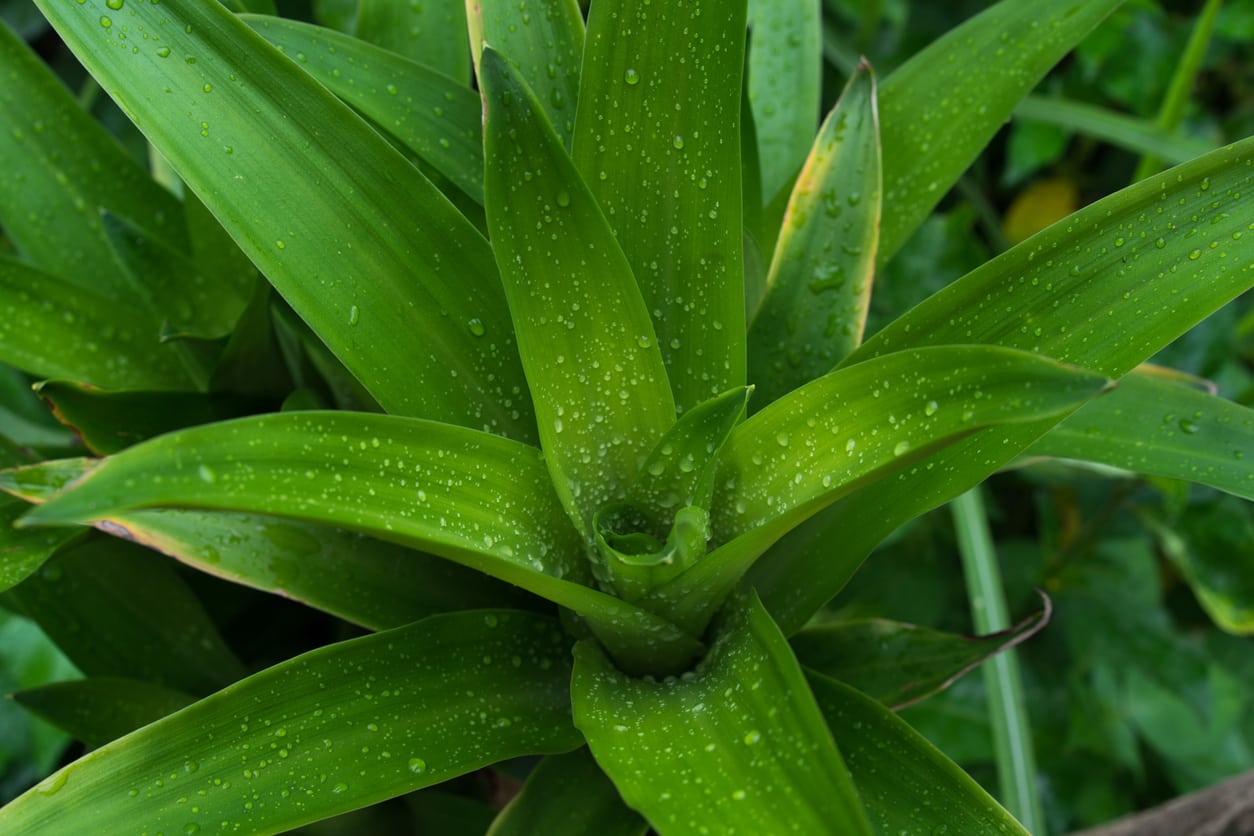Dracaena Plant Irrigation Guide: Learn When To Water Dracaenas


In addition to adding a refreshing interior design touch, many houseplants can help improve air quality indoors. One such plant, dracaena, is a long-time favorite due to its vibrant and colorful foliage. This, in tandem with the plant’s ease of care and low light requirements, make it ideal for bringing lush foliage into the home all year long. In order for plants to truly thrive, it is important to take specific watering requirements into consideration. With a few simple guidelines, even a garden novice can enjoy beautiful dracaena houseplants. How much water does dracaena need? Keep reading to learn more.
Dracaena Water Requirements
Although dracaena plants are native to subtropical regions, these houseplants do not tolerate wet soils. When potting up dracaena, make certain that the plants are situated in a well-draining container. This step will help to prevent root rot and other stress-related diseases. How much water does dracaena need and when to water dracaenas? A general rule of thumb is to only water dracaena when the soil feels dry to the touch. Water plants thoroughly, or until water freely flows from the drainage holes at the bottom of the pot. Many growers choose to place a saucer under planting containers to collect excess water. Be sure to drain the saucer after watering so as not to leave any standing water. It should also be noted that dracaena plants are sensitive to fluoride. Fluoride is often found in public water supplies. Exposure to fluoride through watering, use of perlite potting mix, or other fertilization method may also cause leaves to turn brown or yellow. If this issue becomes evident, consider watering the plants using bottled water once every few weeks. Dracaena plants also benefit from a light misting of the leaves several times a week. This is especially important during periods of low humidity, such as that which occurs throughout the winter. Without sufficient moisture, growers may notice that leaf tips begin to yellow or turn brown.
Sign up for the Gardening Know How newsletter today and receive a free copy of our e-book "How to Grow Delicious Tomatoes".

Tonya Barnett has been gardening for 13 years. Flowers are her passion. She has transformed her backyard into a cut flower garden, which she regularly chronicles on her YouTube channel http://www.youtube.com/@tonyawiththeflowers.